In this article, we'll delve into the enthralling world of TCGs and present a curated list of the TOP 7 Best Trading Card Games Ever Made. From the iconic Magic: The Gathering, which pioneered the genre, to the global sensation of Yu-Gi-Oh! and the beloved Pokémon Trading Card Game, these titles have left an indelible mark on gaming culture. We'll also explore digital innovations with Hearthstone, the cyberpunk allure of Netrunner, and the inventive deck-building of KeyForge.
Magic: The Gathering - The Pioneer of TCGs
"Magic: The Gathering" is not just a trading card game; it's a cultural phenomenon that redefined the gaming world and continues to captivate players since its debut in 1993. What makes "Magic" truly special is its pioneering role in the TCG genre. It was the first collectible card game, setting the standard for the industry with its rich lore, strategic complexity, and expansive player community.

One of the standout features of "Magic" is how it is easy to learn and teach but has incredible depth and complexity. With over 20,000 unique cards in its extensive library, "Magic" offers endless strategic possibilities, ensuring that no two games are ever the same. The game's mechanics and vast card pool encourage players to think critically, adapt their strategies, and create personalized decks that reflect their playstyle.
Want to learn how play? The professor did a pretty good job teaching the game:
Yu-Gi-Oh! - The Phenomenon of Duel Monsters
Ad
"Yu-Gi-Oh!" is unique for its fast-paced gameplay, accessibility, and innovative card mechanics like Fusion and Synchro Summons, making it appealing to both newcomers and seasoned players. Its strong connection to an anime and manga franchise, regular card expansions, and the ability for players to adopt diverse strategies add to its popularity.

With a dynamic competitive scene and global tournaments, "Yu-Gi-Oh!" continues to thrive as a beloved trading card game that combines strategy, excitement, and accessibility.
Pokémon Trading Card Game - A Global Sensation
The Pokémon Trading Card Game (TCG) stands out as one of the best due to its unique combination of nostalgia, accessibility, and strategy. It taps into the beloved Pokémon franchise, appealing to fans of all ages and offering a bridge between generations, as older players fondly remember their childhood while new generations discover the magic of Pokémon. The game's straightforward rules make it accessible to younger players, yet it harbors depth in its strategic gameplay, ensuring a rewarding experience for those who delve into its complexities.
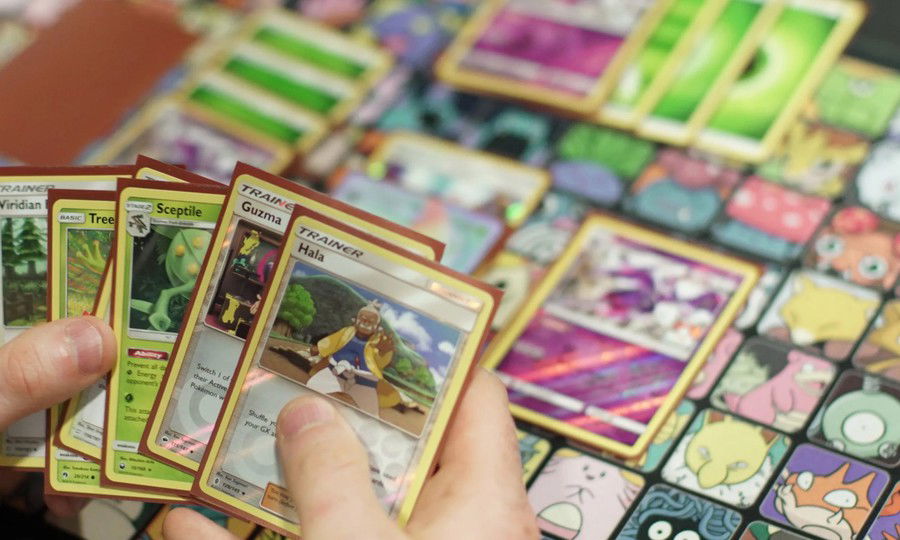
While the Pokémon TCG is undoubtedly a fan-favorite and a powerhouse in the TCG world, it does have certain drawbacks when it comes to competitive play. One significant challenge is the element of randomness inherent in the game, as the card draw can sometimes heavily influence the outcome of a match, making it less purely skill-based than other TCGs. Additionally, the Pokémon TCG has faced issues of card balance, with some cards or card combinations dominating the competitive scene, which can lead to a less diverse metagame. The high costs associated with building competitive decks can also deter some players from participating in tournaments. Despite these limitations, the Pokémon TCG remains beloved for its charm, and it has taken steps to address these issues through rule changes and card adjustments in the pursuit of a more balanced competitive environment.
Hearthstone - Digital Evolution of TCGs
Ad
Hearthstone, Blizzard Entertainment's digital trading card game, stands out for its accessible yet deeply strategic gameplay, coupled with a vibrant and evolving digital ecosystem. The first big digital TCG, launched on March 11, 2014. What makes Hearthstone special is its user-friendly design and the way it streamlines the complexities of traditional TCG. Its interactive game board and animated cards add a visually engaging dimension, enhancing the overall gaming experience.
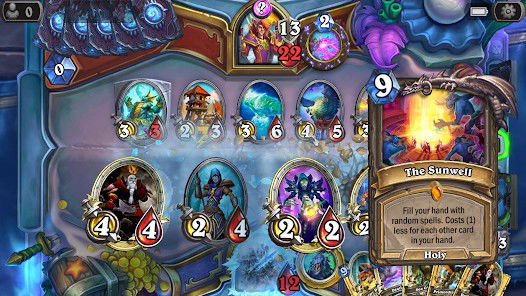
Frequent expansions and balance updates keep the meta fresh, and the digital format allows for innovative mechanics and effects impossible in physical card games. With a robust player community, regular competitive events, and a charming Warcraft-themed universe, Hearthstone continues to enthrall a diverse audience and push the boundaries of the digital TCG genre.
Legends of Runeterra - LOR
Legends of Runeterra, launched in April 2020, distinguishes itself as a digital card game by combining the rich lore of the League of Legends universe with an innovative gameplay structure that emphasizes strategy and player agency. What sets it apart and makes it outstanding is its commitment to reducing randomness by giving players more control over card draws through its "Mana" system. This approach fosters deeper tactical planning, offering a dynamic and less luck-dependent experience.
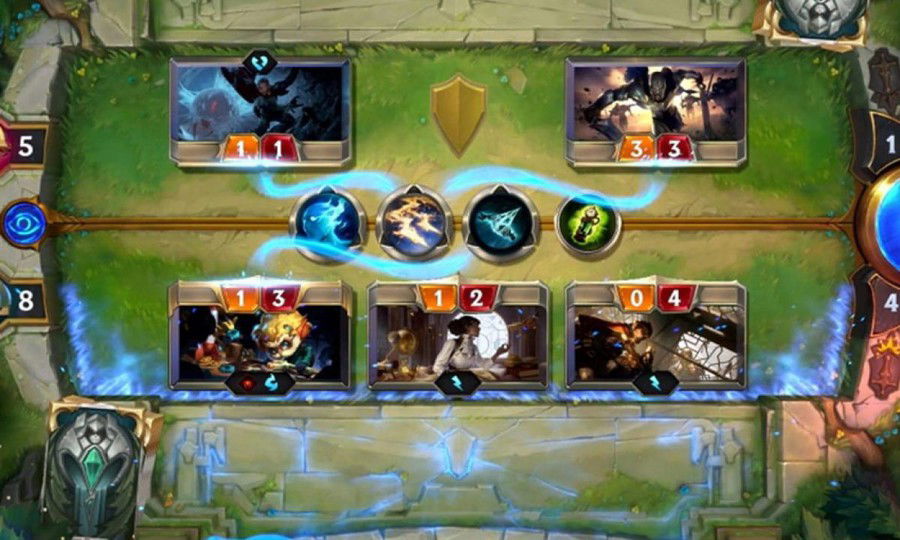
Additionally, its evolving deck-building and balanced competitive scene make it a great alternative for those seeking a more skill-based and less financially demanding digital card game compared to Hearthstone. Since it is a newer game, Legends of Runeterra is better optimized for modern cellphones and is easier to collect all cards when deck building, having its main revenue from selling skin for cards, LoL account with rare skins. This, along with its frequent content updates and generous in-game rewards, places "Legends of Runeterra" in a strong position to appeal to competitive players and lore enthusiasts alike.
Genius Invokation: the Genshin Impact card game
Ad
Genius Invokation is a turn-based PvP card game within Genshin Impact, buy Neuvillette Genshin account. Each player starts the game with a deck of 30 action cards and three character cards, and takes turns drawing and using cards on the board. Each side of the board has three visible character cards. The Character card’s health appears on the top left of the card.
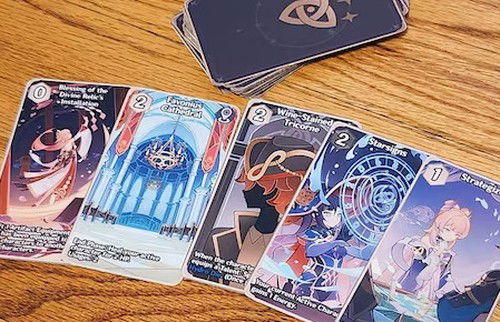
Similar to Genshin’s gameplay, you can trigger an elemental reaction by applying two different elements to an enemy character. The second application of elemental damage will then result in a reaction with increased damage. Its a TCG that really reminds us of the action game.
KeyForge - Innovative Deck Building
KeyForge distinguishes itself in the world of trading card games by introducing the concept of unique, procedurally generated decks. Each deck is one-of-a-kind, fostering creativity and unpredictability in gameplay. This innovation means players can't simply buy a meta-dominant deck; they must work with the cards they have, promoting a level playing field and strategic deck-building.
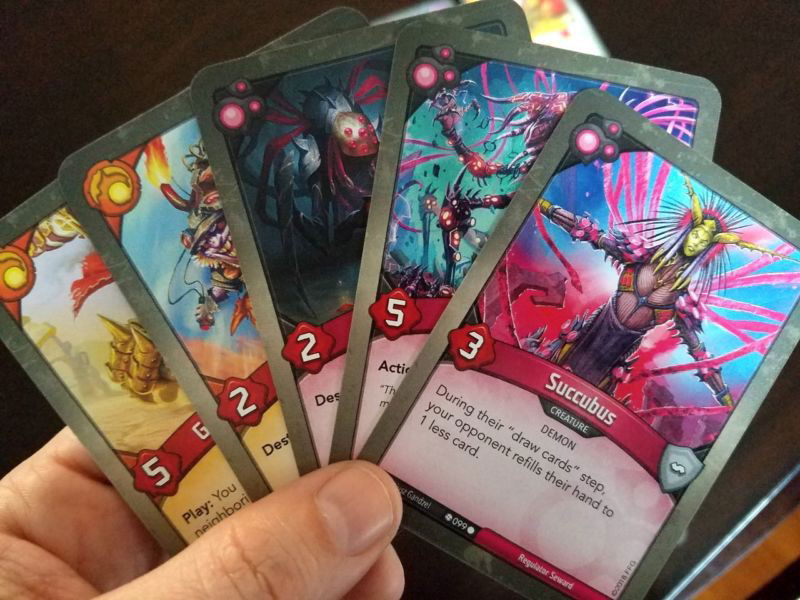
The absence of resource management, such as lands or energy, streamlines gameplay and eliminates issues like mana screw. However, this uniqueness can also be a double-edged sword, as not all decks are balanced or equally competitive, which might lead to uneven matchups. Moreover, without the robust collectible aspect, the game may lack the long-term appeal of traditional TCGs with constant deck customization and trading. Nonetheless, "KeyForge" remains a refreshing take on the genre, where every deck is a new puzzle to solve.
One Piece Card Game: learn from them all
Ad
The One Piece TCG is based on one of the most popular anime and manga series of all time, which gives it a built-in fan base. Remembers a lot the format Commander in Magic: the Gathering as we have a Leader in play that has to be defeated. But, opposed to MTG, One Piece has evolved the game to depend less on lucky as the DON!! cards (resources in game) are given every turn automatic.
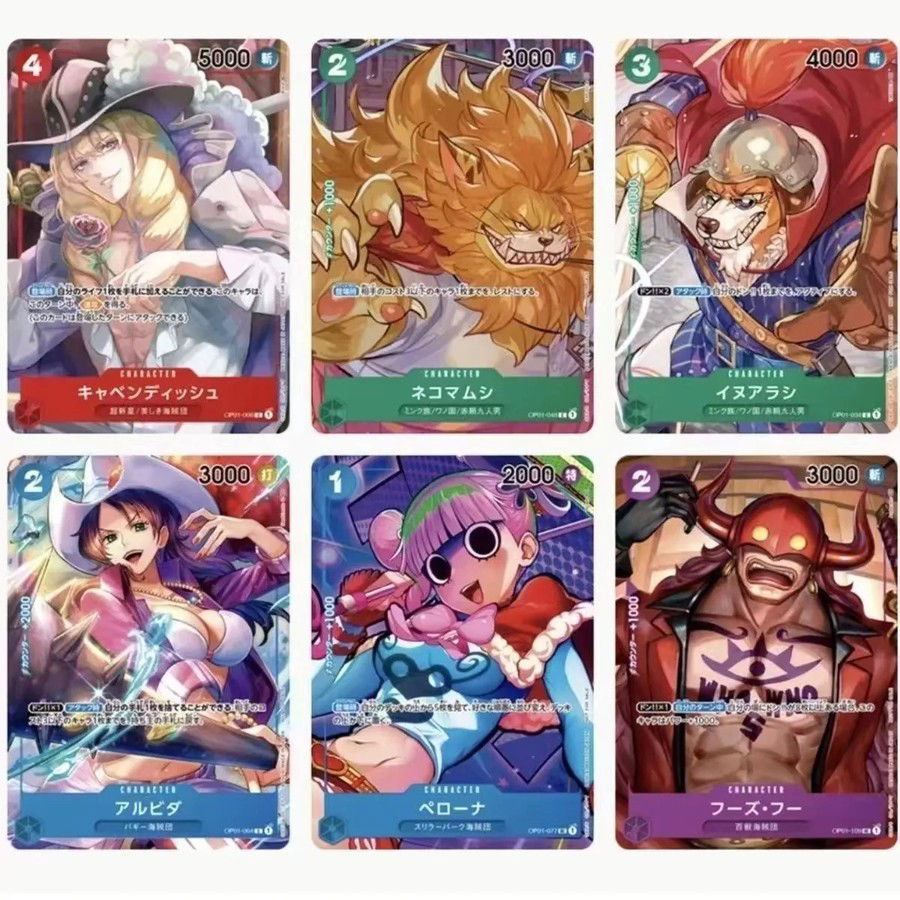
Unfortunately, the One Piece TCG is currently only available in a limited number of countries and regions. The prices of some of the more powerful cards in the One Piece TCG can be quite high. And lastly, it is a new game, so there are still some balance issues with some of the cards.
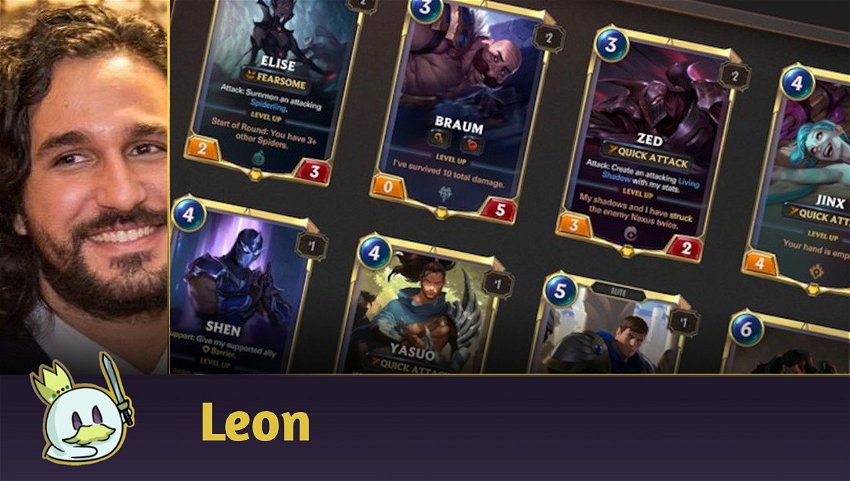

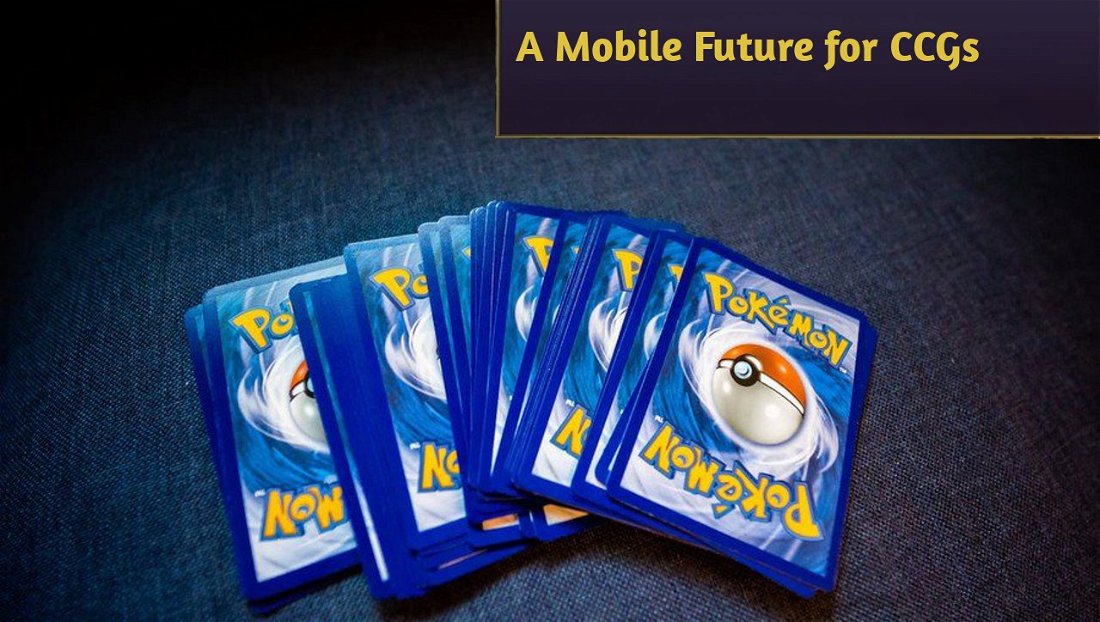



— Comentarios
0Se el primero en comentar